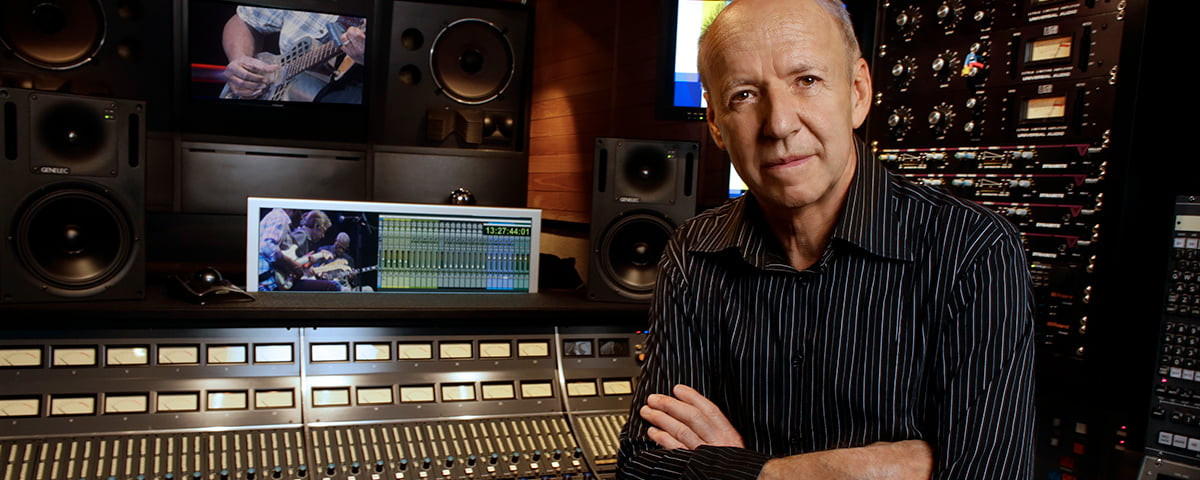What does it take to satisfy the latest needs of a veteran sound engineer who has spent more than 40 years recording many of the world’s top artists live? The answer is this: the ANDIAMO.MC, its converters and its insanely fast, exceptionally reliable, and highly scalable router (M.1K2) coupled with the outstanding support of the DirectOut team.
Guy Charbonneau needed a system that would allow him to switch between multiple artists while recording live. In short, he needed to store and recall the preset for each performer in a way that would make it fast and easy to switch between the two. He approached DirectOut about making some modifications to their ANDIAMO.MC Remote. Although the evolution of this process has been covered in detail in an interview to be published soon, here we address some critical technical aspects.
Charbonneau’s requirements are complex. The live recording environment is as sensitive as it is fluid. He knew that in order to create the system that he had envisioned, he would need the ultimate in reliability, scalability, and speed. DirectOut’s signal chain and the M.1K2 became key components in creating a truly customized system that could handle multiple, complex challenges with a high degree of fidelity, and sophistication.
POWER, SPEED, SCALABILITY
After taking a good look at the M.1K2, which Charbonneau asserts is “a highly sophisticated router,” he decided to repackage his entire system by adding to the stage rack three MC preamps and one ANDIAMO 2 AD/DA MADI converter.
The M.1K2 soon became the heart of the system because it allowed him to set up and remotely control the MC preamp, use multi-mode or single mode fiber, and (in some cases) receive a MADI feed from an external source and route it to Le Mobile. And so, by using the MC preamp at a high resolution (96k) and a MADI feed to three ANDIAMO 2 DA converters and one ANDIAMO 2 AD/DA converters on the Le Mobile rack and then feeding the analog signal to the NEVE microphone input through custom made circuitry to match the gain and impedance as though using a copper audio snake, it became a highly efficient and complete system.
In Charbonneau’s words “This effectively allowed us to keep the ‘sweet’ sound of the Neve Preamp while giving us a signal that is much cleaner than if we were to use the long audio copper snake. Of course, for shorter distances (from stage to truck), we still have the option of using the analog audio snake.”
“Times have changed, and we have had to adapt. In the past we could park 125 feet from the stage, but this is no longer the case. Now we are more like 500 or 600 feet away, sometimes even farther. With 96k the signal is far cleaner and quieter than when I’d have to run a 500 or 600-foot analog snake. And so, ultimately, we can reach our goal of a superior recording with great efficiency and ease in spite of the distance.”

